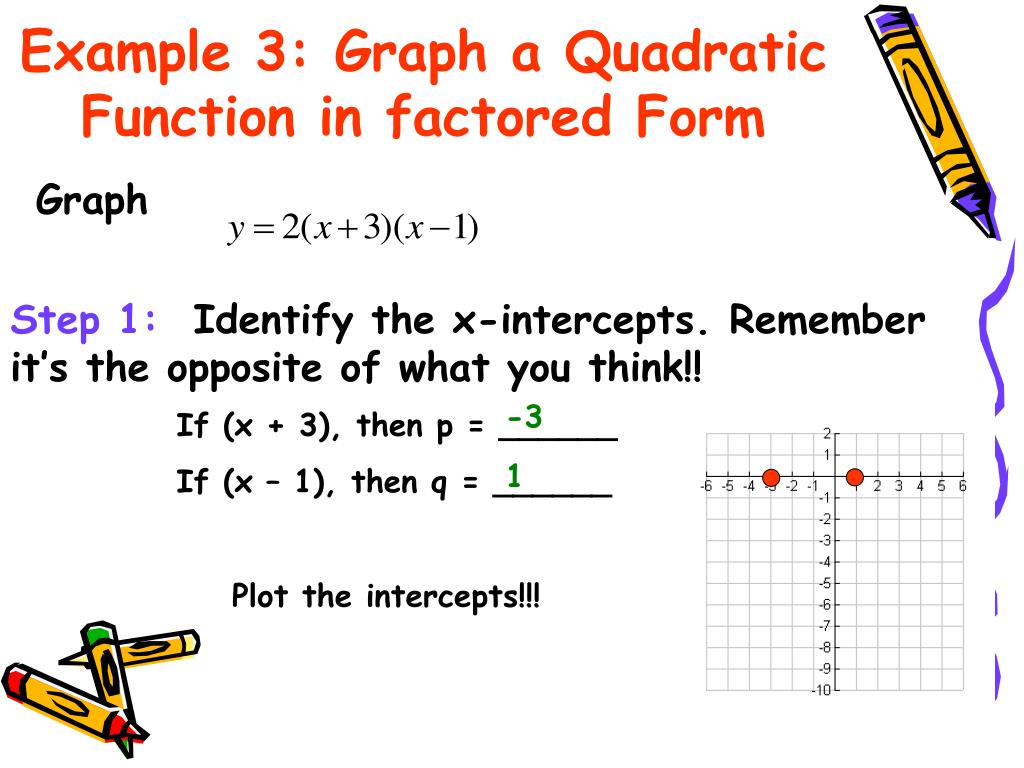
For example, \(x^2 - 9\) would be the difference of two squares as \(x^2\) is a squared term ( \(x\) has been multiplied by itself) and 9 is a square number ( \(3 \times 3\) ). The difference of two squares means one squared term subtract another squared term. The difference of two numbers is found by subtracting. This is the original expression, so \((y - 11)(y - 1)\) is the correct factorisation.

To check this answer is correct, expand out the brackets: To factorise this quadratic, find two numbers that have a product of +11 and a sum of -12.ġ1 is a prime number, so the only way of multiplying two numbers to make 11 is \(11 \times 1\). Example 2Īs there is a negative sign in the quadratic, it is helpful to remember the sign rules, ie two same signs make a positive and two different signs make a negative. This is the original expression, so \((x + 2)(x + 5)\) is the correct factorisation. To check this answer is correct, expand out the brackets. Only the combination of 2 and 5 will also give a sum of +7, so the two numbers are 2 and 5. There are a couple of ways of making +10 by multiplying two numbers. To factorise this expression, find two numbers that have a product of +10 and a sum of +7.

\(a\) and \(b\) can be found by using a product and sum method.Įxpanding the brackets \((x + 2)(x + 3)\) gives \(x^2 + 3x + 2x + 6\)įactorising is the reverse process of expanding brackets, so factorising \(x^2 + 5x + 6\) gives \((x + 2)(x + 3)\).

Ī quadratic expression can sometimes be factorised into two brackets in the form of \((x + a)(x + b)\) where \(a\) and \(b\) can be any term, positive, negative or zero. In a quadratic expression, the highest power of \(x\) is \(x^2\).


 0 kommentar(er)
0 kommentar(er)
